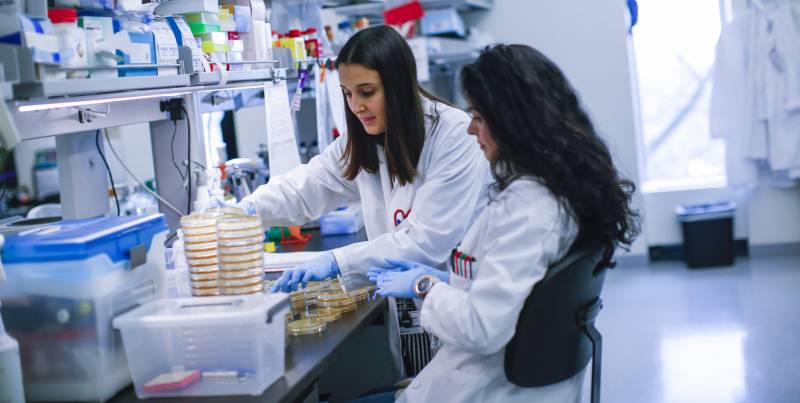“How does it move? From whom? Under what circumstances? And when, during the course of an illness, is a person infectious? To what degree do they transmit? All of those questions require that we be able to both detect the virus quickly and in many, many people and settings.”
Nineteen public health laboratories around California have kits to test the virus.
Doctors and officials told the San Francisco Chronicle last week that most parts of the state don’t have nearly enough of them to accommodate all the testing the situation demands.
In Solano County, the first patient recognized as having been infected in the community and not through traveling or a known carrier has exposed more than 400 people to the coronavirus within two weeks, Solano County Health Officer Dr. Bela Matyas, told the paper.
“Even if only a fraction of those people are affected, imagine how rapidly this is spreading.”
Other public health experts have expressed similar dismay at the lack of testing on a national level. “The CDC got this right with H1N1 and Zika, and produced huge quantities of test kits that went around the country,” Thomas Frieden, the director of the CDC from 2009 to 2017, told The Atlantic. “I don’t know what went wrong this time.”
Relman said that California still needs to learn who has contracted the virus and where they have been. To acquire detailed information will “require a much greater capacity for routine point-of-contact tracing and testing.”
“We know how to do that,” he said. “We just don’t yet have the resources deployed to do it at the scale that it really needs to be done now.”
California Department of Public Health officials said in an email that their capacity to test is “dependent upon availability of test kits from the CDC.”
CDPH said last week that they had the capacity to test about 7,400 people over the weekend.
“The state has continually requested more testing capacity from the federal government, and the CDC has continued to fulfill those requests on an ongoing basis,” the health department said. “As this need expands, we continue to ask for more tests – including just today.”
Last week, Vice President Mike Pence acknowledged the administration would not meet an initial distribution goal of coronavirus test kits around the country by March 6.
U.S. health officials say more and more public and private laboratories are now able to test for the virus. But some experts have wondered why it’s taken so long, and what that means to efforts to spot and stop the outbreak’s spread.
For now, tests are limited to people with fever, cough and other flu-like symptoms. Priority goes to people who have had close contact with someone confirmed to have the virus or those who’ve traveled to an outbreak area outside the U.S.
Several national testing chains, including Quest Diagnostics, can now test for the virus. So far, the CDC has done tests for 1,700 people, but that doesn’t include those conducted by other government or private labs. More than 600 Americans have tested positive so far.
California is one of the hardest hit states by the new coronavirus. Relman said partnerships between government and health care providers could help provide more testing capacity.
“Stanford and [Veterans Affairs] both have tests that are ready to go,” he said. “Plenty of other health care providers have a history of developing tests of this sort on the fly. They can do so and will be doing so, including the commercial sector.”
The Food and Drug Administration granted private and academic labs permission to develop and use their own tests late last month. But Harvard University’s Dr. Michael Mina says it can take labs days or weeks to fine-tune their testing methods, much like a restaurant trying out a new recipe.
The Associated Press contributed to this report

